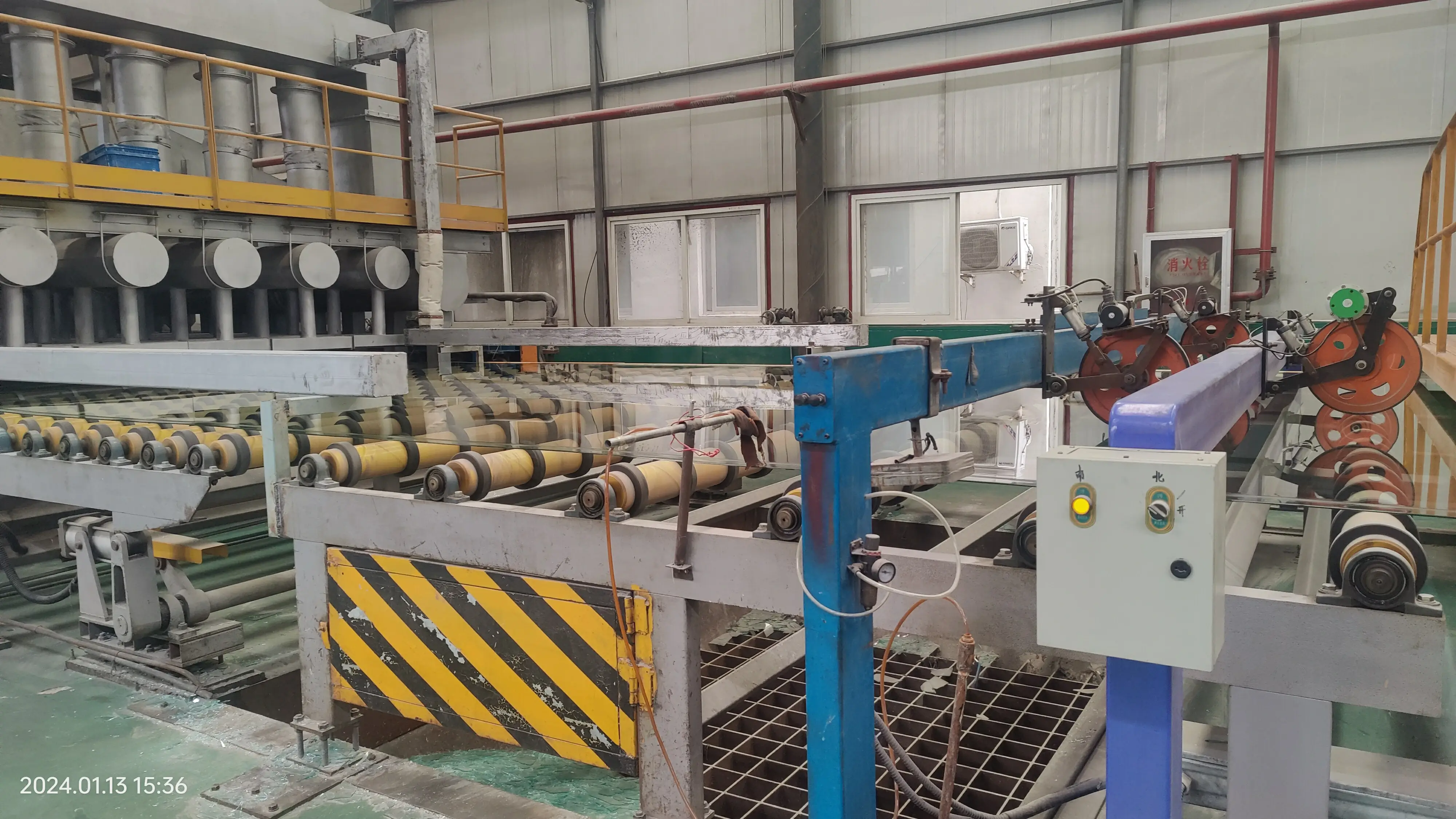

Understanding Translucent Mirror Glass A Blend of Functionality and Aesthetics
Translucent mirror glass is an innovative material that is gaining popularity in various architectural and design applications. This unique type of glass combines the reflective qualities of a traditional mirror with the ability to transmit light, making it a versatile choice for both residential and commercial spaces.
The fundamental principle behind translucent mirror glass involves a special coating applied to one side of the glass. This coating allows the surface to reflect light while simultaneously permitting some light to pass through, creating a semi-transparent effect. This dual functionality provides a plethora of opportunities for designers and architects to play with light and space in new ways.
One of the primary applications of translucent mirror glass is in interior design. It is increasingly being used in bathrooms, dressing rooms, and other spaces where privacy is paramount, yet natural light is desired. For instance, a translucent mirror glass panel can be installed in a window that overlooks a private garden, allowing light to filter through while maintaining the occupants’ privacy. This is particularly valuable in urban environments, where close proximity to neighbors often compromises personal space.
Additionally, translucent mirror glass can enhance the aesthetic appeal of a space
. The reflective surface not only adds a touch of elegance but also creates an illusion of expanded space, making rooms appear larger and more open. In smaller apartments or offices, using this type of glass can be a game-changer, transforming cramped spaces into visually appealing areas where light plays a significant role.
In commercial settings, translucent mirror glass can be effectively utilized in showrooms, retail stores, and lobbies. It can serve as a striking feature that captures attention without overwhelming the senses. When used in creative ways, such as in light fixtures or as part of interior partitions, it can elevate a brand’s image and create a memorable experience for customers. The combination of reflection and translucence not only highlights merchandise but also creates a dynamic atmosphere that encourages exploration.
Moreover, the technological advancements in the production of translucent mirror glass have led to increased durability and versatility. This modern glass can now withstand environmental factors much better than its predecessors, making it suitable even for outdoor applications. Contemporary architects can incorporate it into building facades, where it can reflect the surrounding landscape while allowing light to enter the interior spaces.
Sustainability is another aspect where translucent mirror glass shines. By maximizing natural light, it reduces reliance on artificial lighting, contributing to energy savings and a decrease in carbon footprint. Such eco-friendly attributes resonate well with contemporary design philosophies that prioritize sustainability and environmental consciousness.
In conclusion, translucent mirror glass is more than just a functional element; it is a design statement that elevates both the utility and aesthetic value of spaces. Its unique properties allow for creative expression while ensuring privacy and light transmittance. As this trend continues to grow, we can expect to see even more innovative uses of translucent mirror glass in various architectural and interior design projects, solidifying its status as a valuable material in modern design.